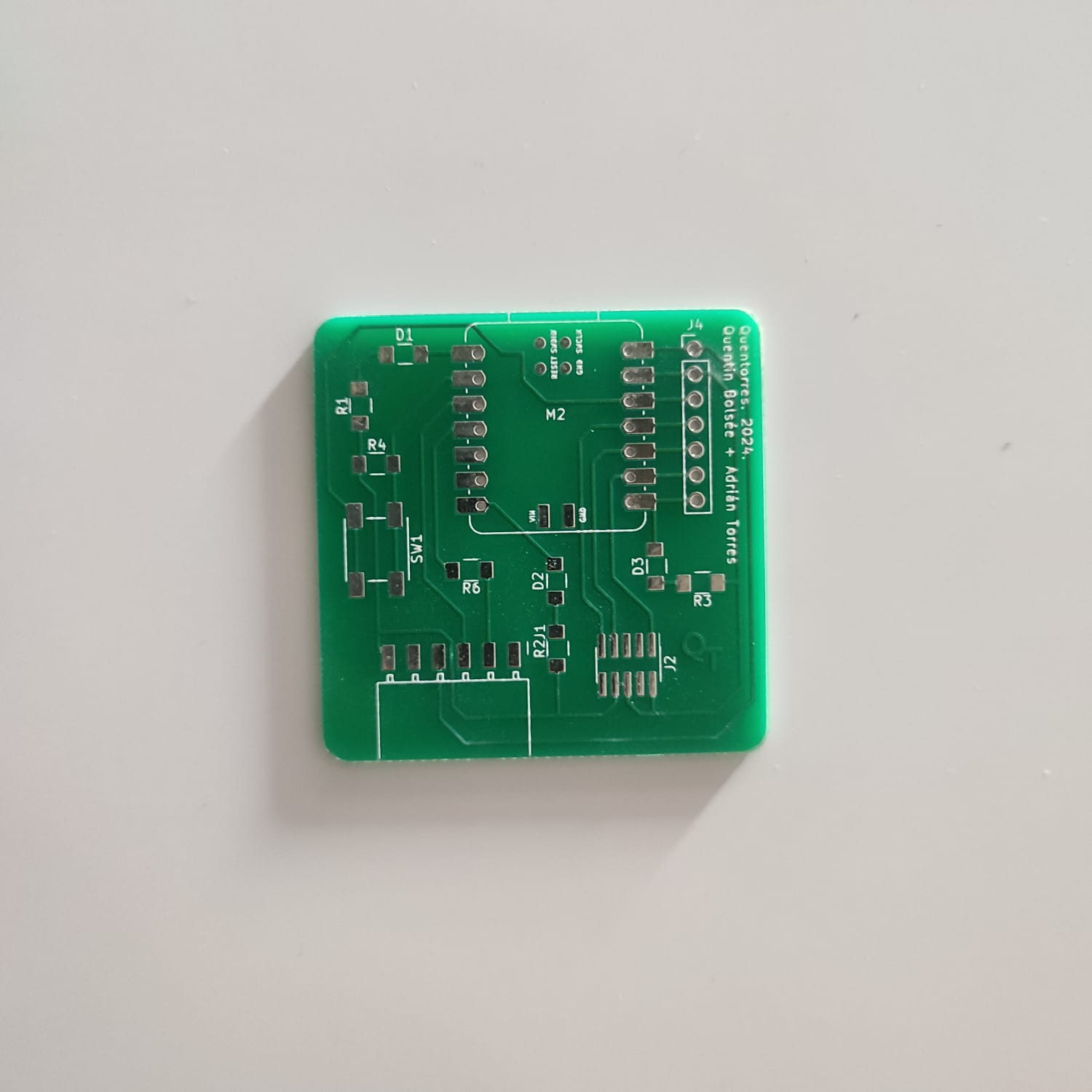Week 08: Electronics Design¶
Our group assignment for this week is to become familiar with and utilize various electronics testing tools, including a multimeter, a lab bench power supply, a Digital Storage Oscilloscope (DSO), a function generator, and a Logic Analyzer. Each of these tools plays a crucial role in testing and analyzing electronic circuits.
ELECTRONICS DESIGN¶
Electronics design is all about creating and perfecting electronic systems and devices, from everyday gadgets like phones to complex medical tools and industrial machines. It starts with understanding what the device needs to do, like how fast it should work and how much power it should use. Engineers then come up with a plan and choose the right parts for the job. They draw diagrams to show how everything connects together and figure out where each part should go on a circuit board. Picking the best parts is crucial, considering how well they work, how much they cost, and if they’ll work together. Tools help predict how the system will behave and spot any problems early on. Making a prototype lets engineers test if everything works like it should, making sure it’s reliable and follows the rules. They keep tweaking the design based on how well it works until it’s just right. Detailed instructions help with making lots of copies of the device, and then it’s ready to be used by people all over the world. Electronics design is a careful process that drives progress and innovation everywhere.
MULTIMETER¶
A multimeter is a fundamental electronic instrument utilized for measuring various electrical parameters such as voltage, current, and resistance. Widely employed in electronics labs, field service, and electrical maintenance, multimeter offer versatility by combining multiple measurement functions into a single device. They facilitate voltage measurement for both AC and DC circuits, current measurement to assess flow through components, and resistance measurement to determine the resistance value of conductors or components. Additionally, multimeter often include features like continuity testing, diode testing, capacitance measurement, and even temperature measurement in advanced models.
We tested the basic features of the multimeter, ensuring its functionality in measuring voltage, and resistance accurately. This involved verifying its ability to provide precise readings across a range of electrical systems and components. Additionally, we tested its continuity and diode testing functions to ensure proper circuit connectivity and component functionality. By rigorously evaluating these fundamental features, we ensured the reliability and effectiveness of the multimeter for electrical testing and troubleshooting tasks.
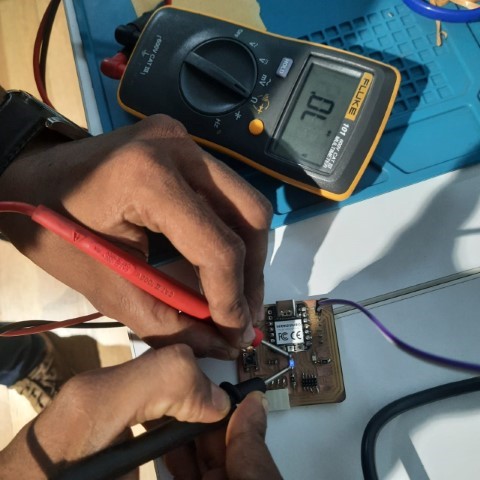
LAB BENCH POWERSUPLLY¶
A laboratory bench power supply is an essential tool for electronics labs, providing stable and adjustable electrical power for testing circuits and components. When testing its basic features, key aspects include voltage regulation to maintain consistent output, current limiting for component protection, accuracy of voltage and current displays, adjustability, load regulation, transient response, overvoltage and overcurrent protection, and noise and ripple levels. Ensuring these features function correctly guarantees precision, reliability, and safety in electronic experiments and testing.
We tested the laboratory bench power supply by setting a constant voltage and current, then powering up our Quntorus development board. This allowed us to verify the power supply’s ability to maintain stable output parameters while supplying power to the board. It ensured that the power supply could deliver the required voltage and current without fluctuations, enabling proper functioning and testing of the development board’s circuits and components.
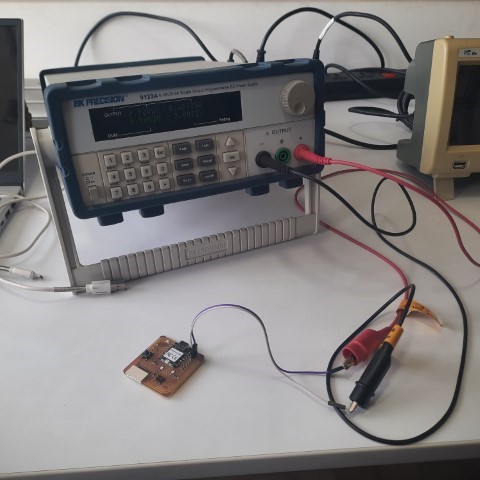
DIGITAL STORAGE OSCILLOSCOPE¶
A digital storage oscilloscope (DSO) is a powerful instrument used to visualize and analyze electrical signals. Unlike analog oscilloscopes, DSOs digitize signals, allowing for precise analysis and manipulation. Key features include a digital display, signal acquisition via analog-to-digital conversion, storage of waveforms in memory, triggering for event capture, measurement tools, and various display modes. With connectivity options and advanced analysis capabilities like FFT, DSOs are essential tools for engineers and technicians across multiple industries, enabling efficient troubleshooting, design validation, and research
We utilized the digital storage oscilloscope (DSO) to observe the high and low signals generated by running a blink sketch on the Quntorres board. By capturing screenshots of the pulse and delay timing, we could visually analyze the waveform characteristics. This allowed us to verify the proper functioning of the blink sketch and assess the timing accuracy of the pulses, ensuring the Quntorres board operated as expected within specified parameters.
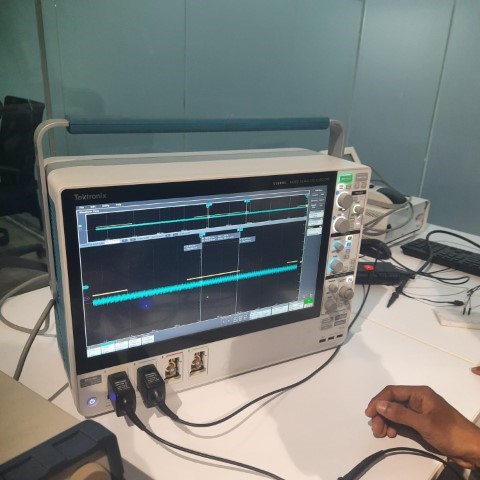
dso output
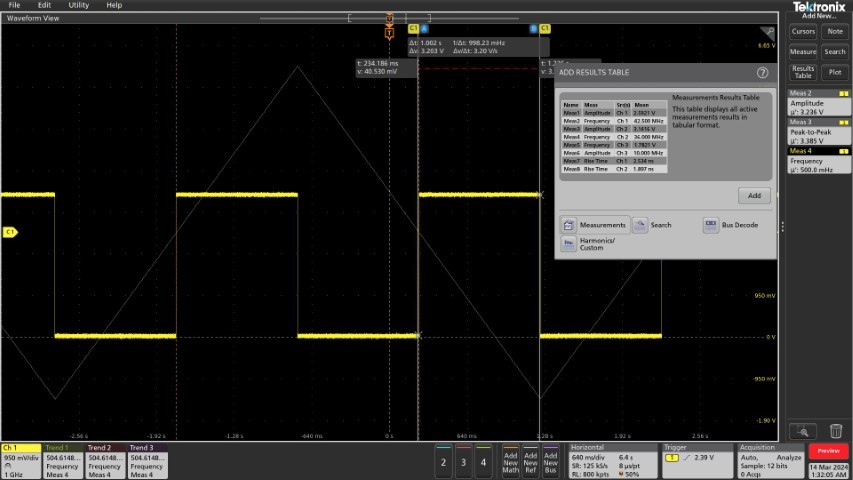
FUNCTION GENERATOR¶
A function generator is a versatile electronic instrument used in labs and workshops to generate various types of electrical waveforms. With the ability to produce sine, square, triangular, and other waveforms, it offers control over frequency, amplitude, and duty cycle. Some models also support modulation and synchronization features. Function generators are indispensable tools for testing circuits, simulating signals, and analyzing frequency responses in fields like electronics, telecommunications, and signal processing.
Additionally, we routed the generated signals from the function generator to a digital storage oscilloscope (DSO), where we observed and analyzed the various waveforms produced. This allowed us to visually inspect the characteristics of the signals and assess their fidelity and accuracy. Furthermore, we connected the function generator to a speaker to audibly perceive the waveform output as sound, providing a multi-sensory approach to understanding and experimenting with electronic signals. This integration of visual and auditory feedback enhanced our ability to comprehend and manipulate the waveforms for testing and experimentation purposes.

THERMAL CAMERA¶
A thermal camera, also known as an infrared camera or thermographic camera, is a vital tool in electronics labs due to its ability to detect and visualize heat signatures emitted by electronic components and circuits. In an electronics lab, thermal cameras are used for various purposes such as identifying overheating components, detecting thermal runaway in circuits, locating hotspots on PCBs, and assessing thermal dissipation in electronic devices. By providing a non-contact and non-invasive method of temperature measurement, thermal cameras enable engineers and technicians to troubleshoot issues, prevent thermal damage, optimize thermal management strategies, and ensure the reliability and longevity of electronic systems.
We verified the functionality of the thermal camera by examining our Quntorres board, allowing us to detect any temperature anomalies and ensure the proper thermal management of the components.
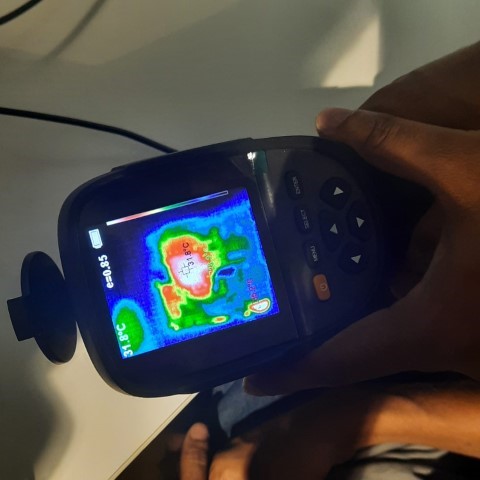
Sending PCB Design to Board House¶
The second part of this week’s group assignment was to send a design to a Board House. There are many PCB Manufacturing Industries, of them the most famous one is JLCPCB , which is a chinese company and it has been the first preference of Super Fablab Kochi over the years. But this time, we thought of ordering from an Indian company, Lion Circuits. So, we availed the service of LionCircuits to place an order of Quentorres Version 1 board.
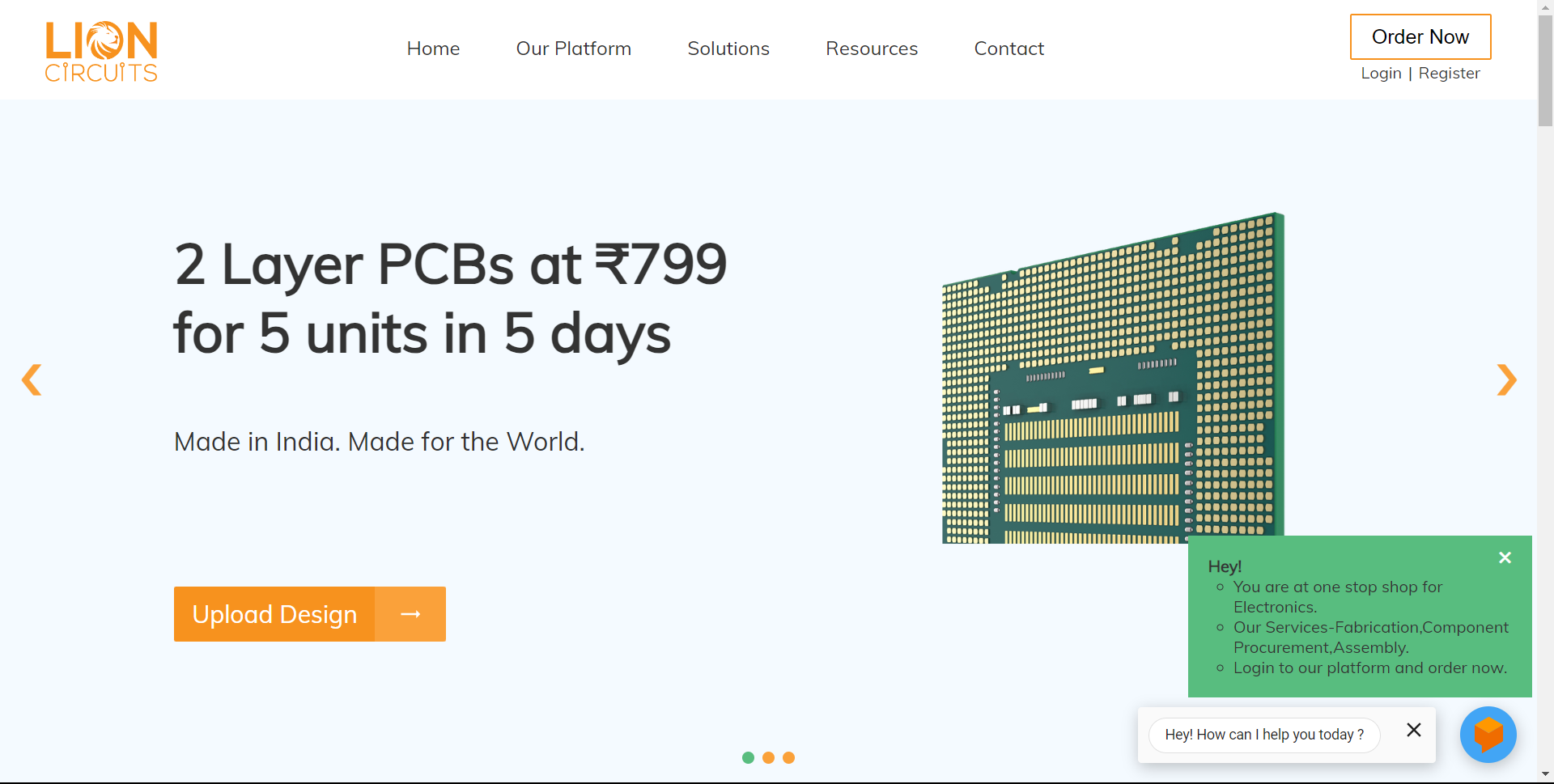
Here, we need to upload the gerber file. So, we took the files available in Quentorres Fabcloud and zipped the files for Version 1. Once uploaded, we were able to view the board.
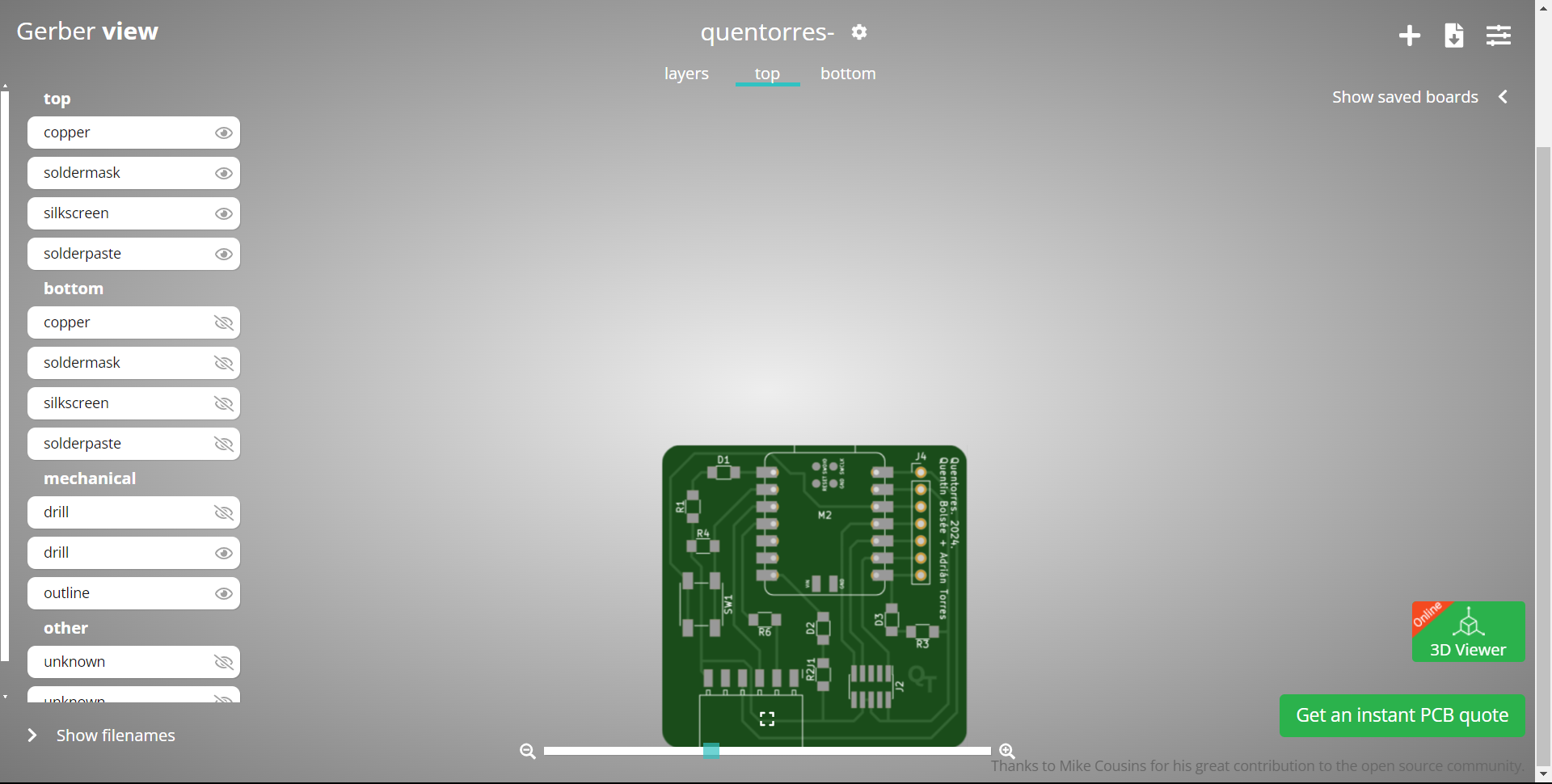
We applied for 10 boards.
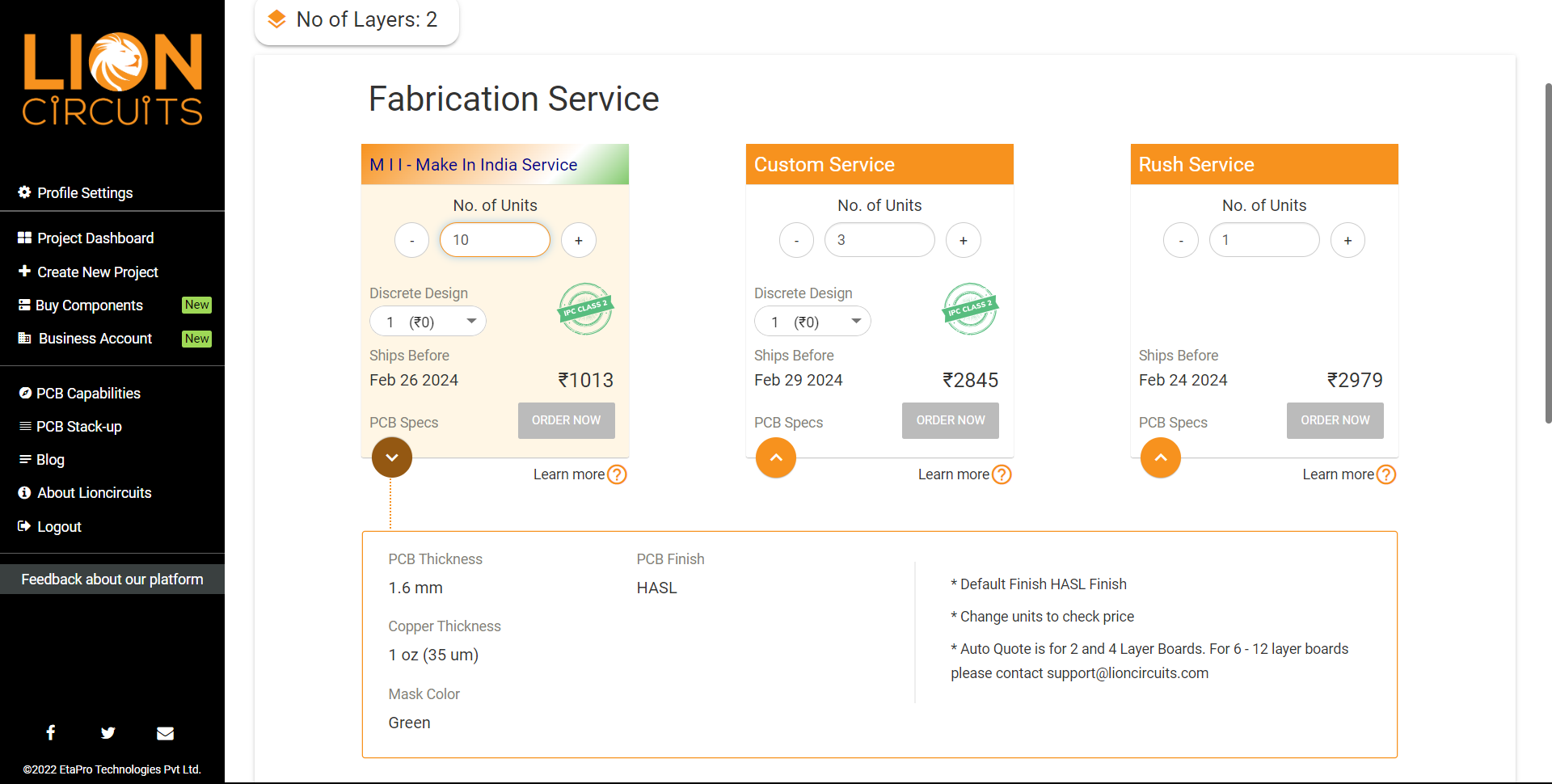
Then we provided the billing address and other required details and the order was placed.
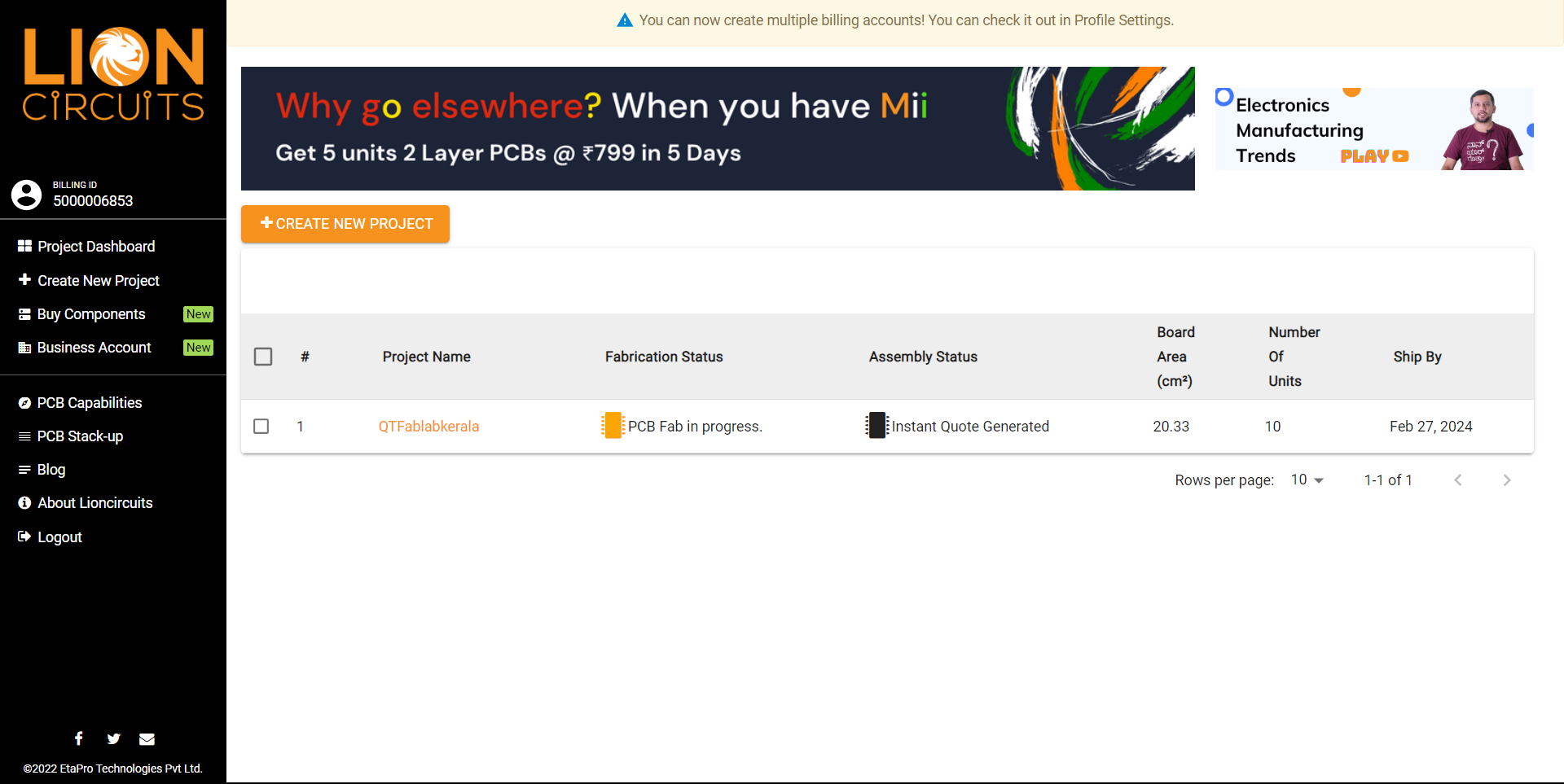
This is the final pcb we did a visual inspection of the board and planing to solder the components as well
